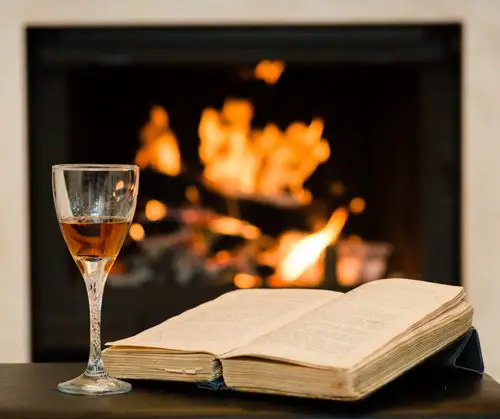Jane Anson has reported for Decanter.com that the wine school of Chateau La Tour Blanche in Sauter nes has gone into partnership with a school in Beijing to teach oenology students from China.
nes has gone into partnership with a school in Beijing to teach oenology students from China.
The students will first spend six months in Beijing, training in the basics of wine, as well as learning French and English.
After first stage exams, they will then spend a year at the Sauternes estate, learning wine-tasting techniques, wine service and wine culture.
Didier Frechinet of La Tour Blanche told Decanter.com that:
“The goal is to encourage a high level of wine knowledge for Chinese potential wine professionals and sommeliers, to fill a knowledge gap that currently exists in the rapidly-developing wine culture of China.”
The school intends to use guest lecturers from international restaurants and sommelier schools, as well as their existing teaching staff, Bordeaux chateaux owners and wine merchants.
L’ Ecole de Viticulture et d’Œnologie du Château La Tour Blanche (EVO La Tour Blanche) was established at the bequest of Daniel “Osiris” Iffla who was a wealthy banker and philanthropist.
Amongst his charitable and patriotic acts Osiris restored Napoleon’s Chateau de Ma lmaison and gave it to the state of France and left most of his estate to the Institut Pasteur.
lmaison and gave it to the state of France and left most of his estate to the Institut Pasteur.
Osiris was a friend of both Louis Pasteur and the oenologist Ulisse Gayon and funded work to study micro-organisms and to understand the role of micro-vinification yeast to improve the wines of the area.
Osiris bequeathed the château to the French state on the condition that it would become an agricultural college upon his death in 1907 and that his name would kept on the label.
From 1911, the La Tour Blanche School of Viticulture and Oenology has been responsible for education and training of wine industry professionals, as well as running La Tour Blanche as a Premier Cru Classé Sauternes.
Chateau La Tour Blanche lies in Bommes and the vineyards overlook the Ciron. The château takes its name from its one time owner Jean Saint-Marc du Latourblanche, a prominent figure in the region until his death in 1784 and who was treasurer-general to Louis XIV (1638 – 1715).
In 1815 Frederick Focke, a wine merchant and Consul of Oldenburg, bought the estate and is credited with raising the chateau to First Growth status. Legend has it that Focke, a German native of the Rhine, discovered the “noble rot” that made the sweet wines of Sauternes.
However it has been proved that c hateau owners were using botrytis cinera much earlier (see my blog The Mystery That Is Sauternes) and that Focke was responsible for promoting the process.
hateau owners were using botrytis cinera much earlier (see my blog The Mystery That Is Sauternes) and that Focke was responsible for promoting the process.
Today La Tour Blanche has 65 hectares with grape varieties of 83% Sémillon, 12% Sauvignon Blanc and 5% Muscadelle, as well as a smaller cultivation of the red grape varieties Merlot, Cabernet Franc and Cabernet Sauvignon.
Annual production averages 4,000 cases of La Tour Blanche, in addition to the Second Wine Les Charmilles de La Tour Blanche, annually averaging 1,250 cases.
In smaller quantities, the estate produces the dry white wine Les Jardins de Thinoy, the dry white wine Isis, the demi-sec Osiris (containing one third botrytised grapes), and the red wine Cru de Cinquet.

